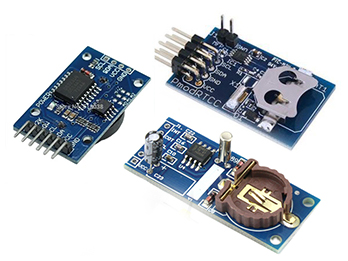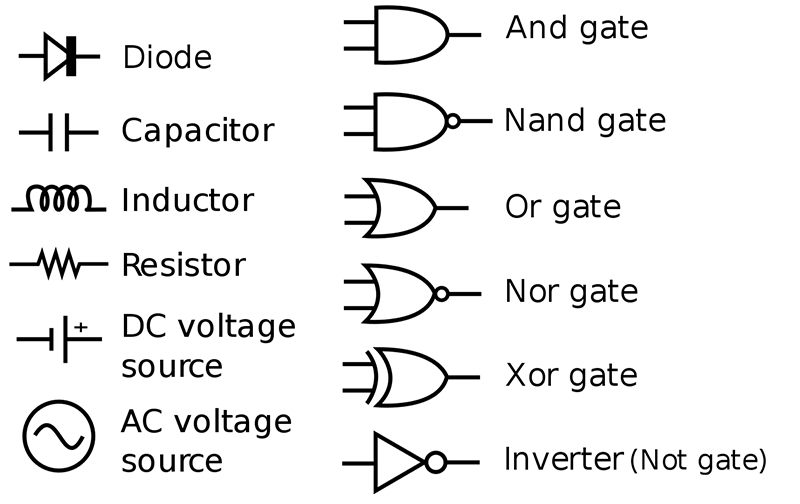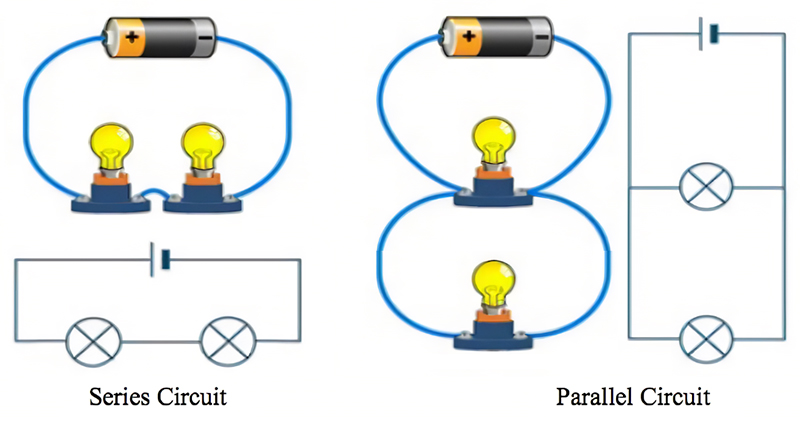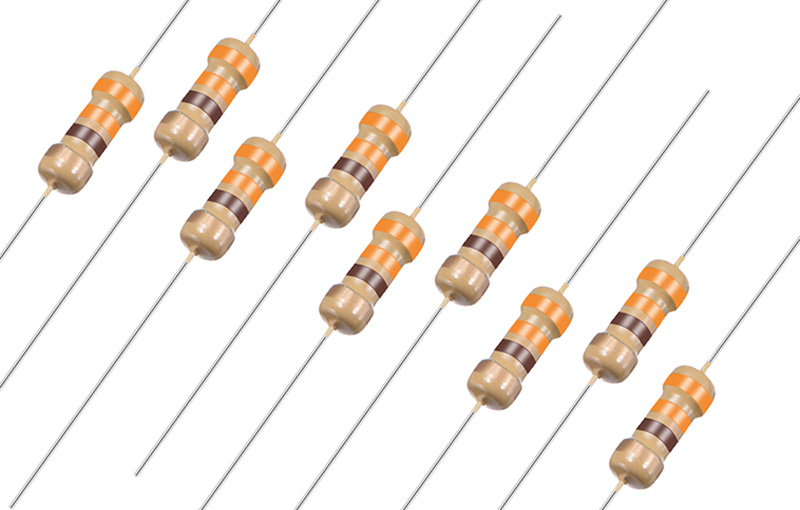Electronic component
An electronic component is any basic discrete device or physical entity in an electronic system used to affect electrons or their associated fields. Electronic components are mostly industrial products, available in a singular form and are not to be confused with electrical elements, which are conceptual abstractions representing idealized electronic components and elements.
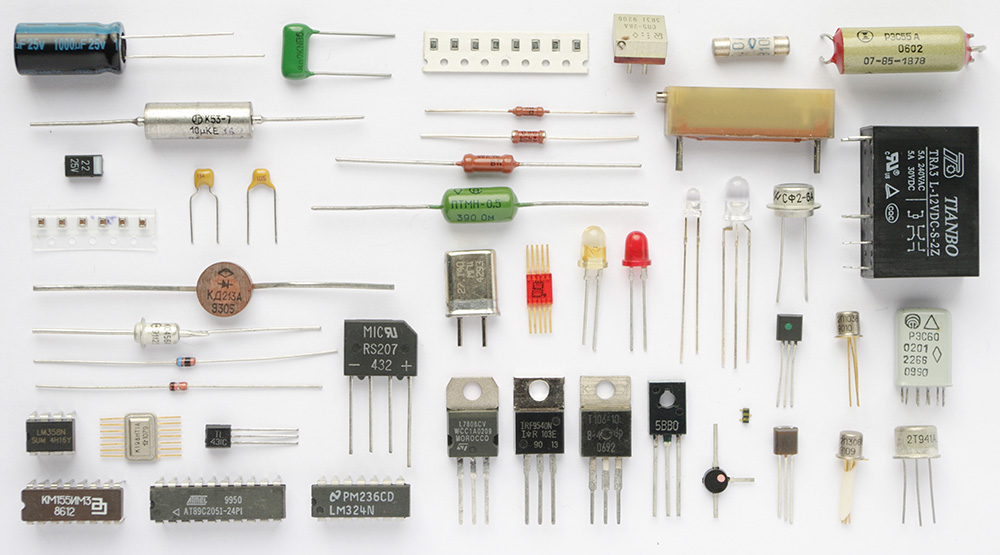
From Wikipedia, the free encyclopedia :Electronic Component
Electronic components have a number of electrical terminals or leads. These leads connect to other electrical components, often over wire, to create an electronic circuit with a particular function (for example an amplifier, radio receiver, or oscillator). Basic electronic components may be packaged discretely, as arrays or networks of like components, or integrated inside of packages such as semiconductor integrated circuits, hybrid integrated circuits, or thick film devices. The following list of electronic components focuses on the discrete version of these components, treating such packages as components in their own right.
Component Classification
Components can be classified as passive, active, or electromechanic. The strict physics definition treats passive components as ones that cannot supply energy themselves, whereas a battery would be seen as an active component since it truly acts as a source of energy.
However, electronic engineers who perform circuit analysis use a more restrictive definition of passivity. When only concerned with the energy of signals, it is convenient to ignore the so-called DC circuit and pretend that the power supplying components such as transistors or integrated circuits is absent (as if each such component had its own battery built in), though it may in reality be supplied by the DC circuit. Then, the analysis only concerns the AC circuit, an abstraction that ignores DC voltages and currents (and the power associated with them) present in the real-life circuit. This fiction, for instance, lets us view an oscillator as "producing energy" even though in reality the oscillator consumes even more energy from a DC power supply, which we have chosen to ignore. Under that restriction, we define the terms as used in circuit analysis as:
Active components rely on a source of energy (usually from the DC circuit, which we have chosen to ignore) and usually can inject power into a circuit, though this is not part of the definition. Active components include amplifying components such as transistors, triode vacuum tubes (valves), and tunnel diodes.
Passive components cannot introduce net energy into the circuit. They also cannot rely on a source of power, except for what is available from the (AC) circuit they are connected to. As a consequence, they cannot amplify (increase the power of a signal), although they may increase a voltage or current (such as is done by a transformer or resonant circuit). Passive components include two-terminal components such as resistors, capacitors, inductors, and transformers.
Electromechanical componentscan carry out electrical operations by using moving parts or by using electrical connections
Most passive components with more than two terminals can be described in terms of two-port parameters that satisfy the principle of reciprocity—though there are rare exceptions. In contrast, active components (with more than two terminals) generally lack that property.
1. Active components
1.1 Semiconductors
Transistors
Diodes
Integrated Circuits
Programmable devices
Optoelectronic devices
1.2 Display Technologyies
1.3 Vacuum tubes (valves)
1.4 Discharge devices
1.5 Power sources
2. Passive components
2.1 Resistors
2.2 Capacitors
2.3 Integrated passive devices
2.4 Magnetic (inductive) devices
2.5 Memristor
2.6 Networks
2.7 Transducers, sensors, detectors
2.8 Antennas
2.9 Assemblies, modules
3.0 Prototyping aids
3. Electromechanical
3.1 Piezoelectric devices, crystals, resonators
3.2 Microelectromechanical systems
3.3 Terminals and connectors
3.4 Cable assemblies
3.5 Switches
3.6 Protection devices
3.7 Mechanical accessories
3.8 Other
3.9 Obsolete
Standard symbols
Main article : Electronic Symbol
On a circuit diagram, electronic devices are represented by conventional symbols. Reference designators are applied to the symbols to identify the components.
Copyright Notice:This article is an original article, the Copyright belongs to Autaba Welcome to share this article, Please keep the source for reprinting!
